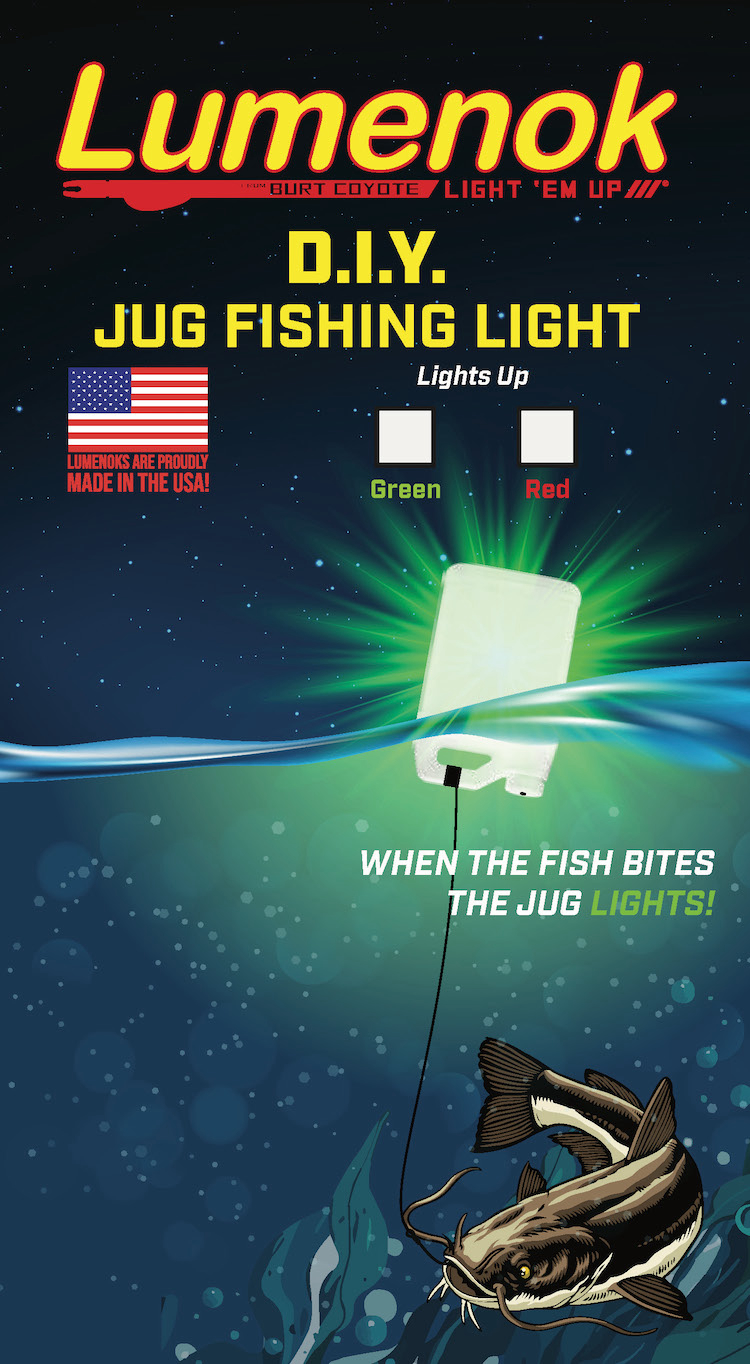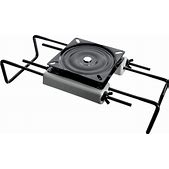DIY Jug Fishing Light Brings Big Visibility to a Classic Method

LUMENOK (The Burt Coyote Co) is excited to launch the DIY Jug Fishing Light—a tough, reliable, and brilliantly simple lighting solution designed for nighttime jug fishing. Built to fit nearly any screw-top jug, from 16 oz bottles to 2-liter soda bottles, this adaptable light module brings your jug rigs to life the moment a fish bites.
When tilted by a strike, the internal sensor activates a bright red or green LED, instantly lighting up your jug—no more wondering which line got hit in the dark. Translucent jugs work especially well, casting a brilliant internal glow that’s easy to see in the roughest of waves.
Easy Setup. No Guesswork.
Installing the DIY Jug Fishing Light is quick and simple. All you need is a cordless drill and a Phillips head screwdriver. We supply everything else—including the mounting hardware. Whether you’re a first-time builder or a seasoned rig master, this kit makes it easy to get on the water faster. Read more


 The Michigan Department of Natural Resources began an emergency reduction of water levels at Trout Lake Dam in Gladwin County on
The Michigan Department of Natural Resources began an emergency reduction of water levels at Trout Lake Dam in Gladwin County on 
 The annual collection of steelhead eggs at the Little Manistee River weir in Stronach (Manistee County), Michigan, is tentatively scheduled to begin
The annual collection of steelhead eggs at the Little Manistee River weir in Stronach (Manistee County), Michigan, is tentatively scheduled to begin 
 Sturgeon For
Sturgeon For 



 Anglers love this opportunity to connect with nature, that feeling of a tug on the line and a beautiful fish in their hands.
Anglers love this opportunity to connect with nature, that feeling of a tug on the line and a beautiful fish in their hands.